Memes Statistics By Country, Devices, Users, Industry and Trends
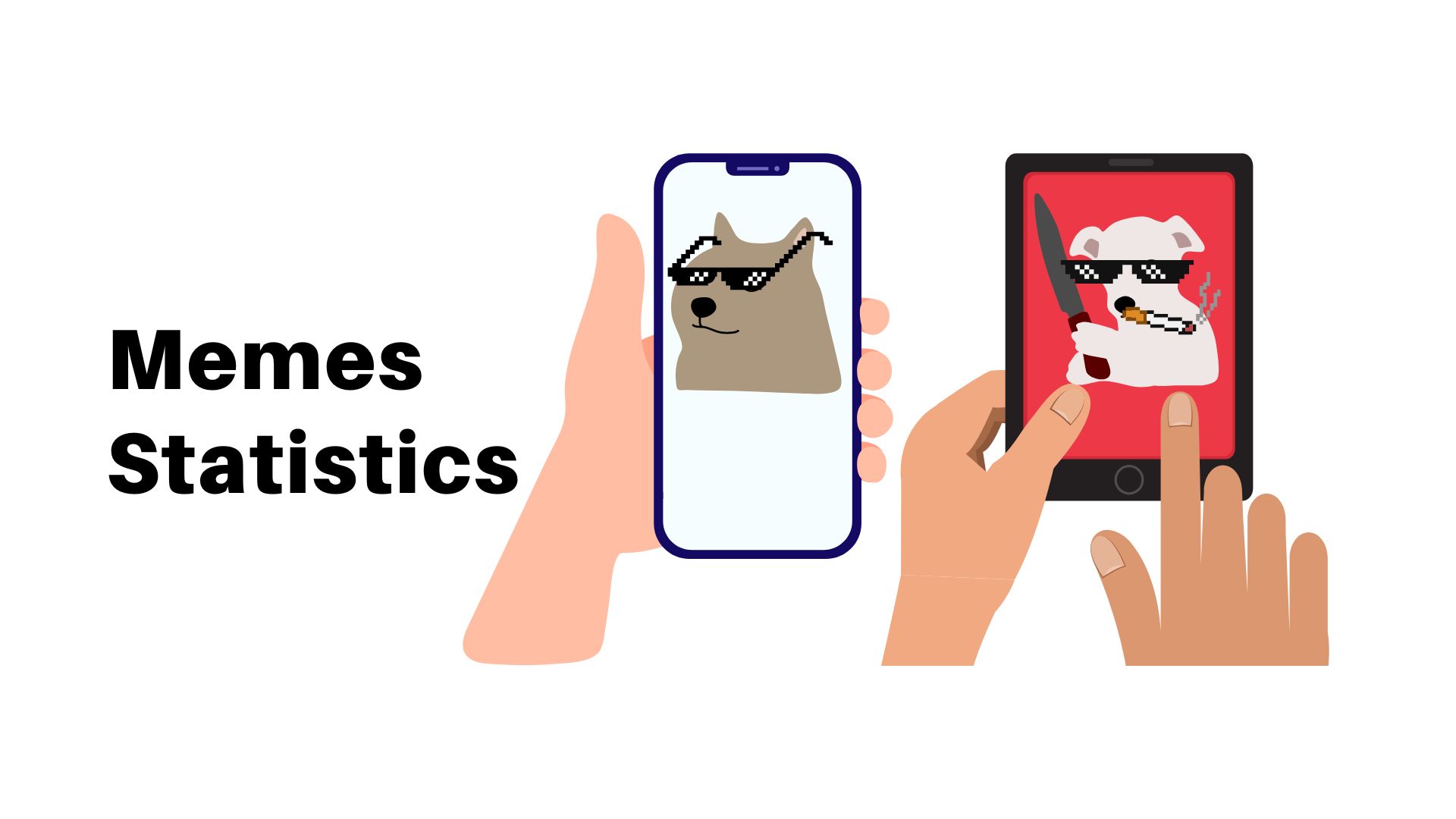
Page Contents
Introduction
Memes Statistics: Memes have rapidly become an indispensable component of Internet culture. Memes typically take the form of amusing, satirical, or sarcastic photos, videos or texts widely shared online and via social media channels such as social networks like Facebook.
- According to a Visual Objects poll, 44% of internet users between 18 and 34 regularly share memes online.
- Memes have become a beloved staple on social networking websites such as Twitter, Instagram, and Reddit.
- Picture macros (text overlaid on an image) are among the most frequently employed memes, followed by video and GIFs.
- Memes often cover topical matters such as current affairs, politics, and popular culture in their textual forms.
- Advertising campaigns from Wendy's and Coca-Cola use memes as part of their marketing strategies.
- Memes have also been the subject of academic inquiry; with researchers exploring how they impact culture and society.
- Memes have become an indispensable component of internet communication and their prominence and importance are only projected to grow further.
Editor’s Choice
- Politics-related memes comprise 60% of all memes.
- In 2016, a female suicide after her sex tape leaked and went viral.
- An average millennial consumes 20-30 memes daily.
- In 2020, it was estimated that the global meme market was worth an estimated value of $2.3 billion; by 2025 this number is projected to more than triple to reach an expected total value of $6.1.2 billion.
- Over 60% of individuals surveyed indicated they are more likely to purchase from businesses that use memes in their marketing.
- Meme campaigns achieve 14% higher click-through rates (CTR) than email marketing.
- Memes StatisticsMemes Statistics
- 53% use memes to react to something, and 74% send memes in order to make people smile or laugh.
- Instagram reported in 2021 that 1 million memes are shared each day on its platform by its users.
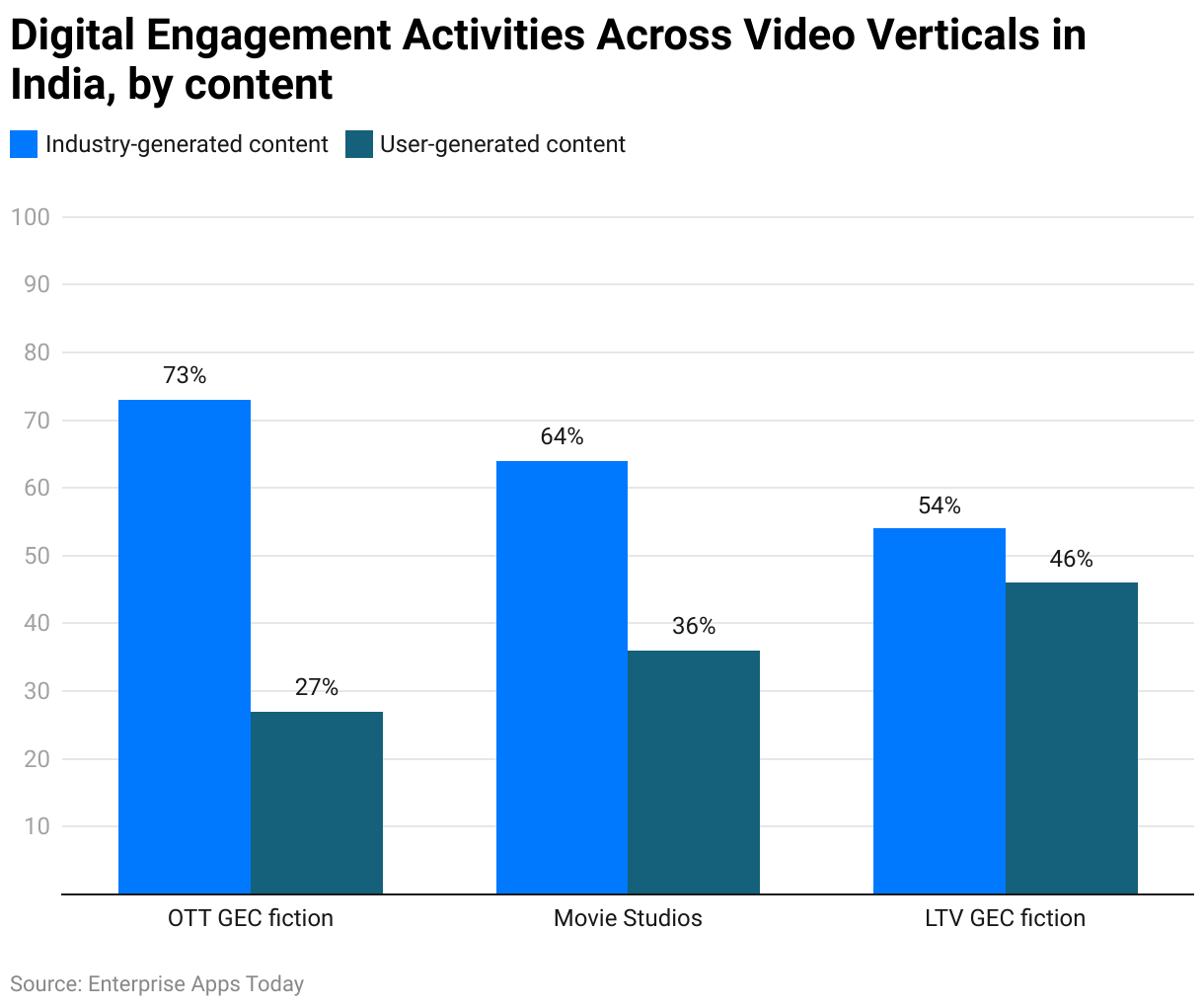
(Reference: statista.com)
What are Memes?
Memes are cultural products, concepts, or ideas that rapidly gain traction online. Memes come in all forms; photographs with humorous captions or videos quickly going viral are examples. Memes also act as vehicles for cultural transmission across social media websites so users can share memes globally by reposting them or forwarding them to others.
Richard Dawkins first popularized the term “meme” in his 1976 book “The Selfish Gene.” Likening it to DNA in biology, Dawkins used “meme” to refer to units of cultural transmission – much like DNA can reproduce and spread quickly between individuals. Memes can quickly spread via online networks quickly, often as people joke or comment on current affairs or cultural issues quickly; memes may even transmit certain worldviews or political positions, along with emotions such as laughter or displeasure.
Memes can be used for many different purposes, from political criticism and entertainment to advertising and promotion. Popular memes include those depicting iconic characters or imagery – like “Success Kid” or “Distracted Boyfriend.” Memes have the unique capability of changing and adapting over time, which makes them especially fascinating. Memes can acquire new meanings or be reused in other circumstances due to sharing and modification from various users. Sometimes these memes become so obscure or cryptic through this process that only selects individuals can comprehend them – creating an “inside joke” between a select few users.
Memes have become an essential component of online culture, and are expected to increase in both popularity and impact over time. Not only do they provide amusement in an otherwise turbulent and uncertain world, but they also provide individuals with an effective means of connecting across physical and cultural borders.
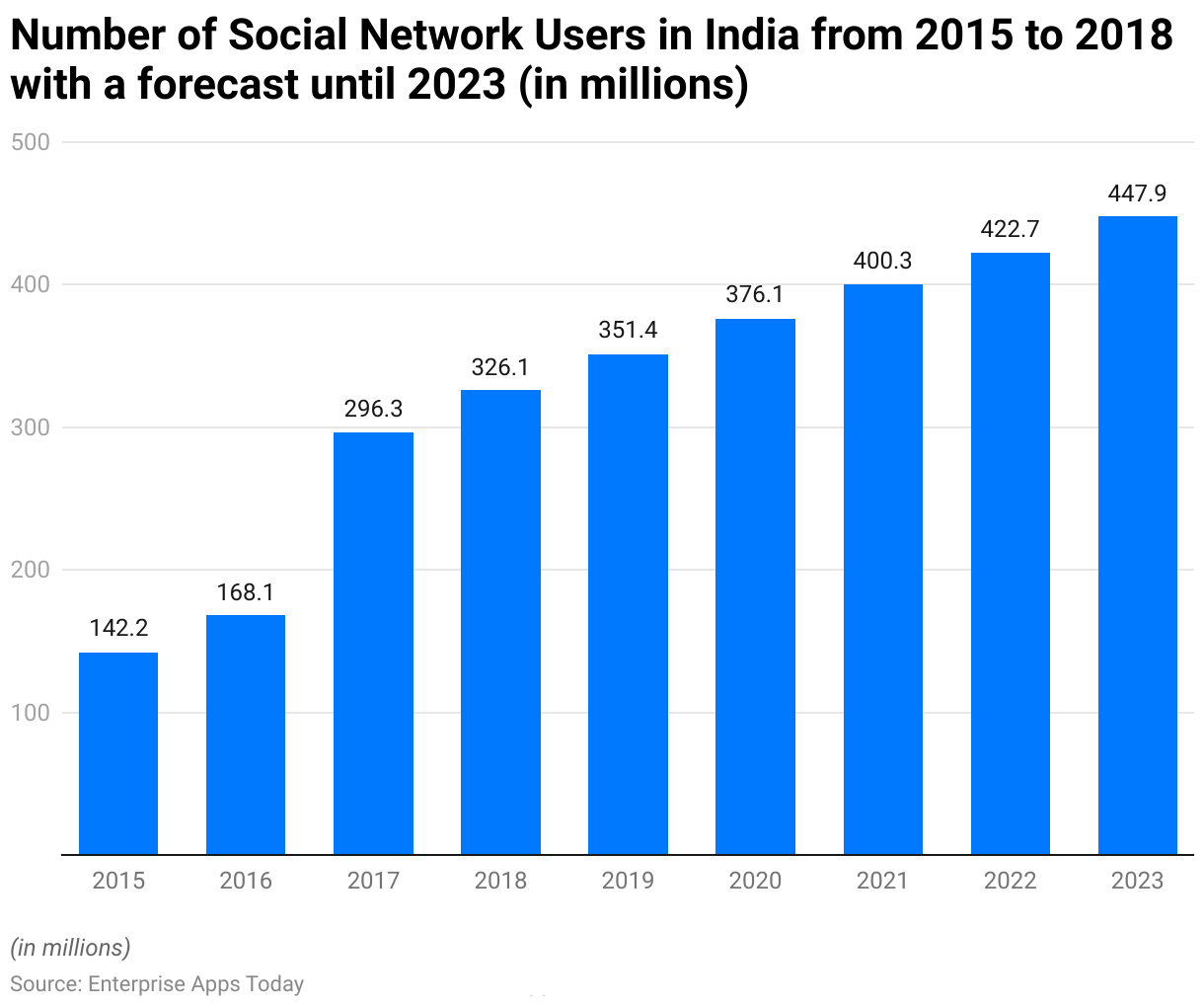
(Reference: statista.com)
The Popularity of Memes Statistics
Memes have quickly become part of Internet culture and their prevalence continues to expand.
- 44% of internet users between 18 and 34 regularly share memes online, according to a Visual Objects poll.
- Memes have become particularly popular across social networking sites such as Twitter, Instagram, and Reddit. Reddit's subreddits dedicated to various meme subgenres and cultures are sometimes credited with popularizing some of the best-known memes.
- Image macros that combine humorous or sarcastic images with text are among the most frequently seen memes; followed by GIFs and video memes featuring short clips from TV episodes or movies with humorous captions or other content.
- Memes can refer to popular cultures, such as movies; TV series; music artists, or celebrities. Some of the most infamous memes in history have included iconic figures like Grumpy Cat; Kermit the Frog and “I Can Haz Cheezburger?” cat.
- Memes have long been used as an effective form of criticism and entertainment within politics and advertising campaigns – from Wendy's and Coca-Cola marketing initiatives; to engage younger people; or commenting on current events.
- Scholars are exploring the effects of memes on society and culture as an academic topic of investigation. Others have investigated how memes are used to convey emotions or foster community among online users; still, others suggest they could influence political debate and public opinion through memes.
- Memes have become increasingly popular over time and new ones are constantly being created. Social media platforms and online communities provide users with an almost limitless environment in which to develop and share their own memes – further speeding up production and distribution rates in recent years.
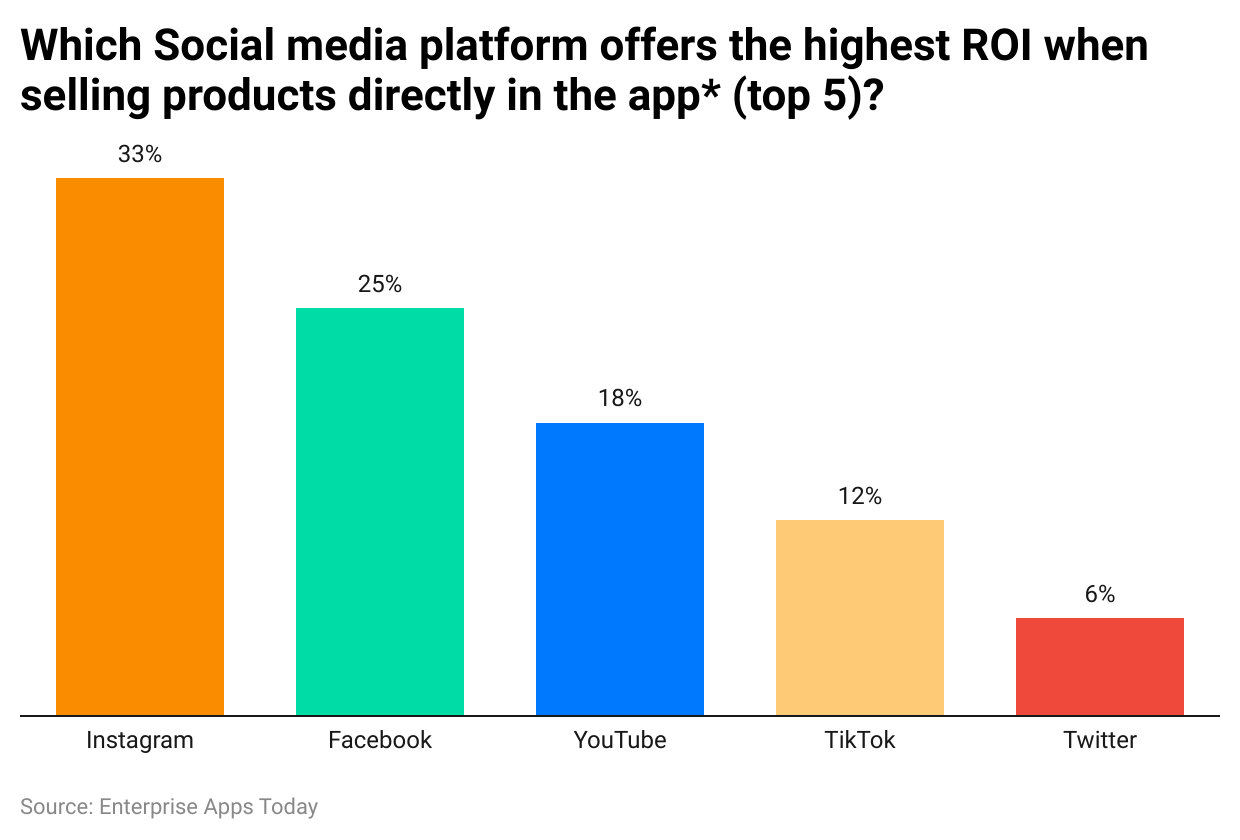
(Reference: sproutsocial.com)
General Memes Statistics
Memes have become an integral part of online culture, evidenced by multiple studies which illustrate their prevalence and significance.
- Pew Research Center reports that 81% of Americans aged 18-29 use social media. Social media users regularly create and share memes as an integral component of online culture.
- Image macros that combine an amusing or provocative image with text are the most recognized type of meme, though other popular types include videos, GIFs, and text-only memes.
- According to a 2021 poll by Morning Consult, 63% of American internet users between 18-29 have shared memes online – these memes are particularly popular among younger internet users.
- Pop culture is often featured prominently in memes, specifically in movies, TV shows, music albums, and celebrities being popular choices for memes. Memes may also provide political or current affairs commentary.
- Memes of all kinds have become immensely popular over time. Three iconic examples include “Distracted Boyfriend,” “Grumpy Cat,” and “Pepe the Frog.” Their popularity is so widespread that these memes have even been employed as advertisements, products, and political propaganda campaigns.
- Burger King and Wendy's have recognized memes' value as an advertising strategy, using them to attract younger customers while Netflix and Amazon use their own memes to market their goods and services.
- Memes serve a number of functions, from amusement and humor, political criticism and activism, all the way to spreading awareness of racism and police brutality at rallies such as the 2020 Black Lives Matter rallies.
- As social media platforms and online communities provide users with virtually infinite opportunities to produce and spread memes, the pace of meme production has only increased. Memes have since become integral components of Internet culture as they shape how we interact and communicate online.
Meme Statistics by Region and Demographic
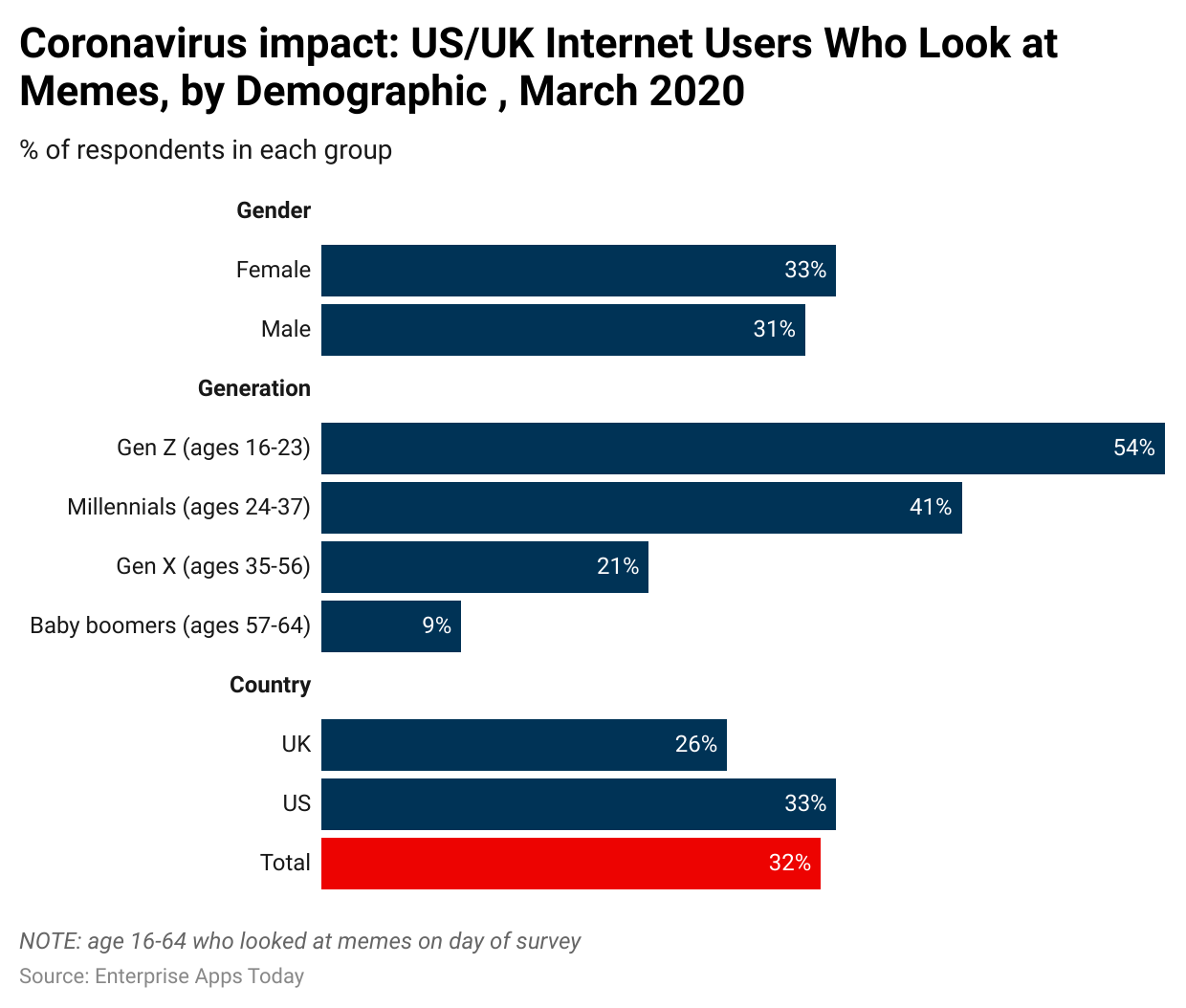
(Reference: insiderintelligence.com)
Memes have become a ubiquitous form of communication and entertainment worldwide, with certain memes becoming particularly well-liked among specific geographical groups.
- North America: According to a Pew Research Center study, memes are most popular with American people between the ages of 18 and 29. A 2021 poll conducted by this age bracket saw 64% admit to using memes; additionally, Instagram and Snapchat are popular platforms among younger North Americans for sharing memes online.
- Europe: According to a poll conducted in 2022 by the YouGov market research firm, memes are popular across a range of European nations. 51% of respondents from the United Kingdom, 47% from France, and 42% from Germany acknowledged using memes in this survey; younger adults aged 18-24 reported more commonly utilizing them (63% reported using them).
- Hootsuite recently conducted a survey to measure meme popularity across Latin America, specifically Brazil, and Mexico. Social media users from these two nations are some of the most likely worldwide to post memes; 86% of Brazilian and 85% of Mexican respondents had done so within the past month.
- Asia: According to a 2022 poll by marketing research company Mintel, younger Asians were avid meme fans. Chinese respondents aged 20-29 used memes 63% of the time while respondents aged 30-39 utilized them only 40% of the time; sharing was common on platforms like WeChat and Weibo.
- South Africa and Nigeria in Africa: Memes have become increasingly popular across Africa, with South African and Nigerian social media users among the most engaged meme-sharers, according to research by digital marketing firm We Are Social. 81% of South African respondents and 79% of Nigerian respondents had shared memes in the previous month respectively.
Memes have become ubiquitous across cultures and nations alike, each contributing its own distinctive flair to popular meme styles.
AGE
Memes have become a universal language across age groups, often popular among specific age categories.
- Younger individuals are more likely to use memes, according to a Pew Research Center survey of American adults conducted in 2021. Sixty-four percent (64%) of 18-29 age group American adults admitted using memes compared to 49% who admitted doing so among the 30-49, 50-64, and 65+ age groups as well as 39% in 50-64 and 17% among 65+ individuals.
- Pew Research Center research showed that younger individuals were more likely to use social media platforms like Instagram and Snapchat – both widely recognized for sharing memes – compared with users aged 25 or over; 71% of Instagram users between 18-24 reported using the platform to post memes compared with just 37% among users aged 25+.
- GlobalWebIndex conducted an internet user poll in 2022 that revealed the most popular memes by age group. Of particular note were two categories of funny memes–“funny memes” (65-75% of responses to respondents aged 16-24) and reaction memes (40%). Nostalgic memes were most favored among respondents aged 55-64% followed by cute memes (22%).
- Memes have become a common way for members of Generation Z – currently aged 7-24 – to communicate, according to research conducted by marketing firm MRY. According to their survey results, 77% of Gen Z respondents claimed using memes for conversation among peers.
- Senior citizens have also shown a fondness for memes, some specifically targeting them. For instance, the 1980s TV ad for a medical alert service inspired the “I've fallen and I can't get up” meme that has since been used as a humorous commentary on age and mobility concerns.
GENDER
Memes have become a universal form of communication and entertainment, popular with people of all genders – with certain memes more frequently shared among specific subgroups of gender identities.
- Memes appear to be slightly more popular with males than with women, according to a Pew Research Center study of American adults conducted in 2020. 57% of male respondents stated their use of memes while only 50% of female respondents did.
- According to a 2022 GlobalWebIndex study of internet users, meme types differ by gender. Male respondents responded most often to “funny memes” (65% and 36%, respectively), followed by reaction memes (36%). Female responders most commonly responded with cute memes (36% and 33%) followed by “reaction memes”.
- GlobalWebIndex found that female respondents are more likely to use meme-sharing social media sites such as Instagram and Pinterest than their male counterparts – 33% versus 25% respectively for Instagram posts shared memes; 20-21% respectively shared them on Pinterest in comparison with only 7% for men respondents.
- MRY has conducted a survey that shows memes are an effective means for Generation Zers of all genders to connect, regardless of gender. No discernable gender disparities were noted amongst the 77% of Generation Z respondents who indicated using memes to connect with their peers.
Memes’ Impact on Economy Statistics
Memes have had a dramatic effect on numerous businesses and now play an integral part in our economy.
- Insider Intelligence estimates that creating and disseminating memes as part of marketing campaigns costs firms and marketers millions, according to research by them. Their expenditure will grow from $524 million in 2021 to $605 million by 2022; as per this analysis.
- Memes have created new markets for products and events related to memes, especially among younger consumers who favor apparel inspired by memes; some companies even collaborate with meme producers when designing their goods.
- Evidence exists showing the power of memes to impact the stock market. Tesla's stock price rose more than 4% after CEO Elon Musk tweeted a joke about their business on social media in 2020, while in 2022, GameStop saw its stock value spike dramatically due to an online meme stock rally propelled by social media.
- Meme-based cryptocurrencies, like Dogecoin, have seen tremendous growth due to the virality of memes. Within 24 hours of 2022's start date alone, Dogecoin's value skyrocketed nearly 500% as its value skyrocketed due to social media excitement and celebrity endorsement.
- Brands and businesses may experience harm from memes that go viral, leading to negative associations and reactions when linked with particular brands or items. For example, in 2019 Pepsi experienced significant social media backlash after publishing an advertisement featuring Kendall Jenner that many considered offensive and tone-deaf.
Memes; have had a profound effect on businesses across various industries and now form; an ever-more-important part of our economy. Their influence may only increase with time as memes become part of internet culture.
Memes’ Impact on Environment Statistics
Though research on memes and the environment is in its infancy, preliminary figures point out that memes may pose potential threats to ecosystems in various ways.
- Estimates suggest that the internet's carbon footprint – accounting for energy needed to run data centers and servers – compares favorably to that of the aviation sector as a whole. Memes contribute significantly to this figure through frequent file creation/distribution requirements that necessitate large files being generated and transmitted around.
- By 2025, it is expected that Internet-related emissions will account for 8% of greenhouse gas emissions – an increase from its current estimate of 3.7%. One activity that contributes to these emissions is meme creation.
- Rare earth minerals and resource mining are integral to creating modern internet-connected devices like smartphones and laptops, yet deforestation, habitat destruction, and water contamination often come as unintended side effects of mining operations. Thus exposing rare earth minerals mining operations to potential environmental harm.
- Electronic garbage, particularly obsolete internet-accessing gadgets, poses an environmental hazard. A United Nations assessment revealed that only 17.4% of electronic waste gets recycled; the rest either ends up in landfills or burn piles.
- Memes can spread misinformation and conspiracy theories regarding climate change and environmental protection, which prevents people from understanding important environmental concerns and acting upon them effectively.
- Memes can be created using non-renewable resources, like power and water. A computer, smartphone, and internet connection may all be needed in order to produce one meme; these devices all consume power and resources during operation.
Even though memes' environmental impacts remain poorly understood, their widespread popularity and other online activities contribute to an increase in carbon emissions from the internet and the creation and disposal of electronic garbage. With growing awareness of these concerns, it can only be expected that attempts will be taken to minimize their environmental impacts through the production and distribution of memes.
Social Media and Memes Statistics
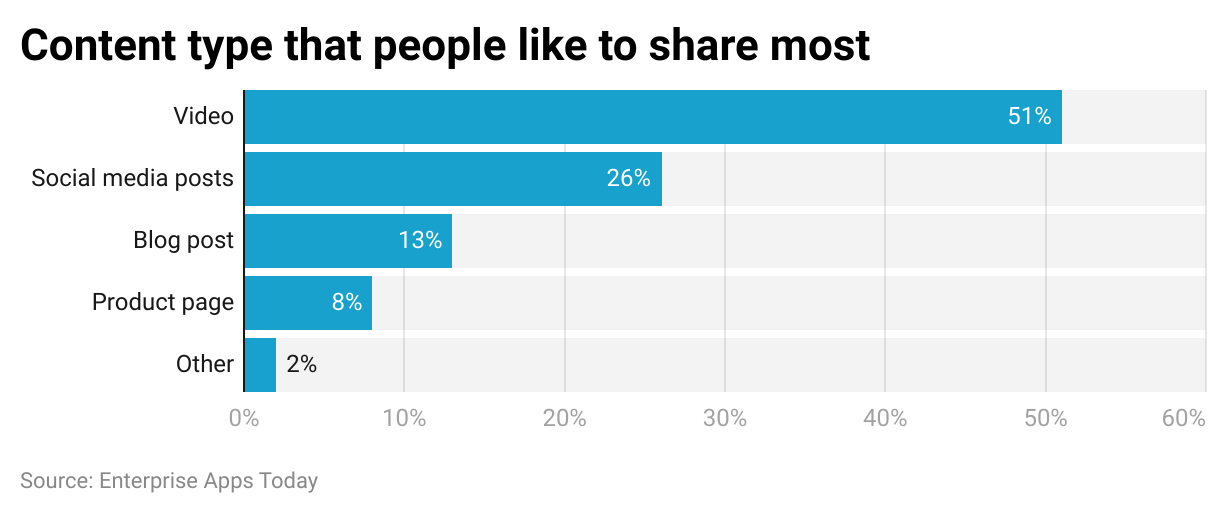
(Reference: sproutsocial.com)
Memes have become immensely popular and widely disseminated thanks to social media, especially sites such as Twitter, Instagram, and TikTok where many of the best-known memes originate.
- According to research conducted by the Pew Research Center, 36% of respondents aged 18-29 said they typically acquire news via social media – making it the primary source of news and current events knowledge among young individuals in America. Memes posted on social media can reach an enormous audience quickly while sometimes even providing access to current events knowledge.
- MRY conducted a poll revealing that 77% of respondents used memes to communicate with their peers, using them as an effective form of communication in Generation Z. Memes are often shared via social media platforms such as Instagram, Snapchat, and TikTok among younger individuals.
- Marketing firm MBLM conducted a study that revealed social media sites like Facebook and Twitter have used memes in their advertisements to attract younger consumers. Memes bring playfulness to marketing efforts that appeal to young audiences.
- Memes have become a widely shared form of content on social media sites like Instagram and Twitter, according to a poll conducted in 2022 by market research firm YouGov. According to their poll results; 25% of Twitter users and 40% of Instagram users claim they follow accounts that post memes.
- Social media sites like TikTok have made short-form video memes more widespread. A survey by digital marketing firm Hootsuite showed that younger audiences, in particular 18-24-year-old American TikTok users, are particularly fond of sharing such video memes – 64% claimed having shared one at least once!
Memes have been gaining popularity due to the popularity of social networks, especially among the younger generation. Memes will continue to be an integral element of online culture and communications as more platforms evolve in the future and new ones come up.
Meme Industry Trends and Predictions
As the meme business has seen exponential growth over time, various patterns and predictions may be drawn from available data.
- Branded memes are becoming an increasingly popular tactic for companies, according to research conducted by marketing firm MBLM. 67% of those between 18-34 indicated an increasing desire for these forms of advertisement, suggesting an upward trend.
- Memes Are Becoming More Common in Politics: Memes have become more prominent in politics and this trend is expected to continue. Political memes are particularly popular among younger audiences according to Hootsuite's survey; 59% of American adults aged 18-29 indicated having engaged with political memes on social media platforms such as Twitter or Facebook.
- Meme formats will continue to shift: Memes have evolved quickly over the past several years, and this trend is predicted to continue. New meme formats should emerge as younger generations experiment with various forms of digital communication, according to research conducted by digital marketing firm MRY.
- Meme Creators Gaining Recognition: With the proliferation of memes, meme creators are becoming increasingly prominent within the meme business. According to a survey conducted by the YouGov market research firm, meme producers rank among the top users on social media such as Instagram and Twitter; their work can reach wide audiences.
- Memes are becoming more commercialized: This trend is projected to continue over time. Meme accounts with significant followings may now monetize their material via business partnerships and sponsored posts, according to research conducted by the digital marketing firm Hootsuite.
Bottom Line
As memes offer individuals and companies an engaging way to reach younger audiences, the meme industry has rapidly evolved into an integral component of online culture and communication. Memes have quickly become a staple in politics and advertising campaigns; meme producers have become highly sought-after on social media; while meme formats continue to develop quickly with commercialization increasing quickly – creating ample opportunity for growth within this booming sector! Staying current with emerging trends while exploring novel forms of digital communication is crucial if businesses wish to stay ahead in this burgeoning business sector!
Consider all potential adverse consequences of memes, such as spreading false information or reinforcing harmful stereotypes, as the meme industry grows and expands. People and businesses should take care to use memes responsibly as this field continues its transformation; individuals and companies alike may use memes in new and creative ways by staying educated about current trends and reacting quickly when new ones emerge.
FAQ.
A recent Forbes poll revealed that 38% of social media users follow accounts posting memes - unsurprising given how often these go viral and shareable they can be. What may come as a surprise is that more than half of users indicated they would accept advertising in exchange for free material from meme accounts; giving marketers an unprecedented opportunity to reach a large and engaged audience through these platforms.
Instagram reported in 2021 that its users shared over one million memes daily compared to 500,000 shared a year before. This increase can be explained by several reasons; first off; memes offer an easy and efficient way of quickly conveying ideas or thoughts while being far more entertaining to consume than other forms of social media content as they're frequently entertaining or relevant.
According to Statista's estimates for 2020, the global meme market was estimated at an estimated value of $2.3 billion and is projected to increase by 21.6% compound annual growth through 2025. Social media platforms like Instagram and TikTok play an integral part in driving this surge; with over two billion active users each providing an ideal platform for memes creation and distribution.
According to Britannica, British evolutionary scientist Richard Dawkins first coined the term "meme" in 1976. He believed that memes controlled their own reproduction and served as cultural analogues of biological genes.

Barry is a lover of everything technology. Figuring out how the software works and creating content to shed more light on the value it offers users is his favorite pastime. When not evaluating apps or programs, he's busy trying out new healthy recipes, doing yoga, meditating, or taking nature walks with his little one.